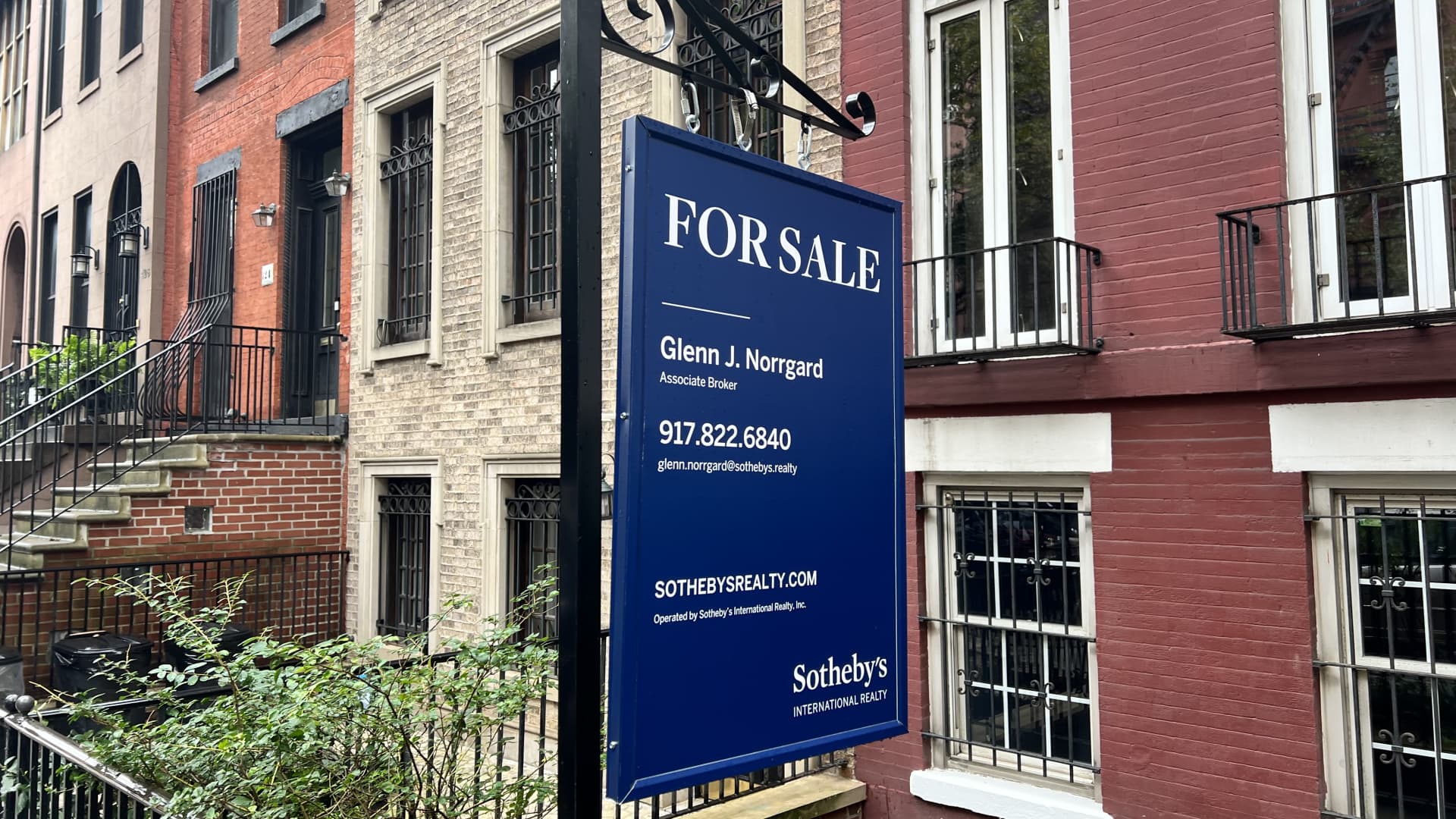Sales of previously owned homes dropped 2% in September from August to a seasonally adjusted, annualized rate of 3.96 million units, according to the National Association of Realtors. Sales were 15.4% compared with September 2022.
This is the slowest sales pace since October 2010, during the Great Recession, when the market was in the midst of a foreclosure crisis. As a comparison, just two years ago, when mortgage rates hovered around 3%, home sales were running at a 6.6 million pace. The average rate on the 30-year fixed today is right around 8%, according to Mortgage News Daily.
“As has been the case throughout this year, limited inventory and low housing affordability continue to hamper home sales,” said Lawrence Yun, NAR’s chief economist. “The Federal Reserve simply cannot keep raising interest rates in light of softening inflation and weakening job gains.”
There were 1.13 million homes for sale at the end of September, down more than 8% from a year ago. Inventory is now at a 3.4-month supply, which is slightly better than last year, but only because sales have dropped so much. Supply is based on the current sales pace.
Adding to higher mortgage rates, the median price of a home sold in September was $394,300, up 2.8% year over year. Roughly 26% of home sold above list price, due to the lack of supply which is resulting in bidding wars.
First-time buyers made up just 27% of sales. Historically, they make up about 40%.
While sales were lower across all price points, they fell the least on the higher end. That’s because there is more supply at the higher price points and because higher-end buyers can often use cash. Mortgage demand is now at the lowest level since 1995, according to the Mortgage Bankers Association.
All-cash sales made up 29% of all September transactions, up from 27% in August and up from 22% in September of last year.
“Although affordability is a headwind, the renewed upward energy that followed the Fed’s September projections might have prompted some shoppers to rush to the closing table, lest they face higher mortgage rates and even worse affordability in the months ahead. If so, this could mean a bigger lull in sales activity in the coming months,” said Danielle Hale, chief economist for Realtor.com, in a release.
